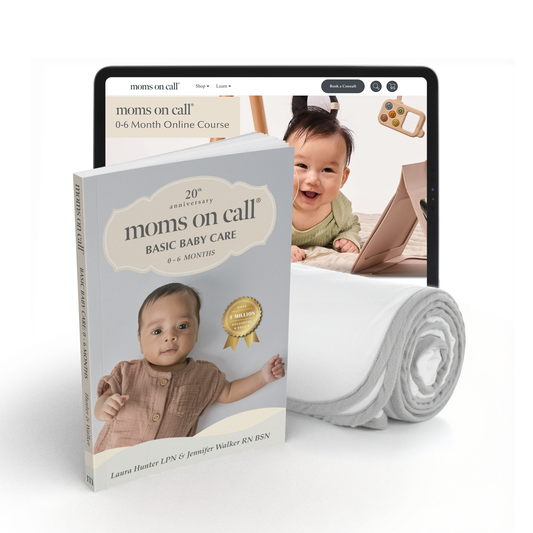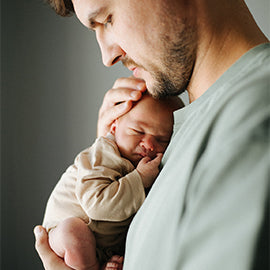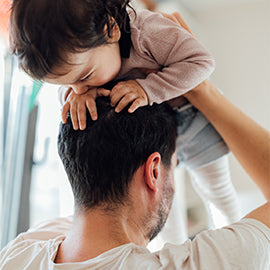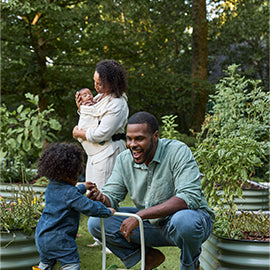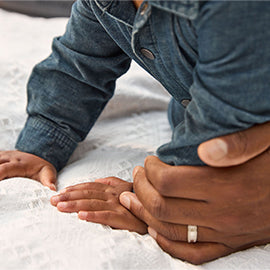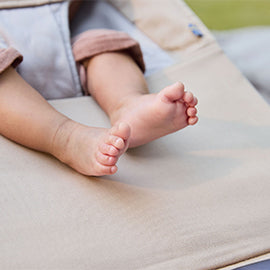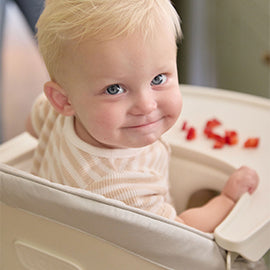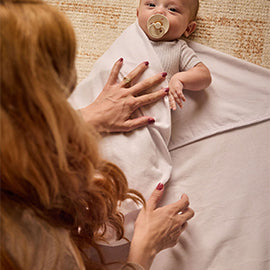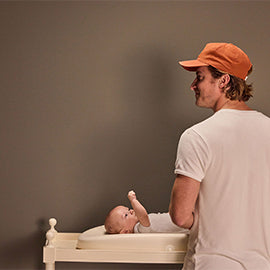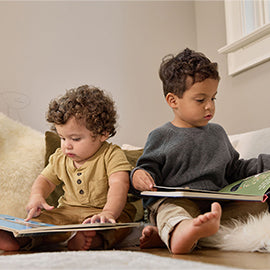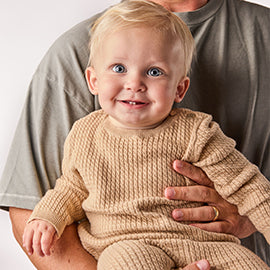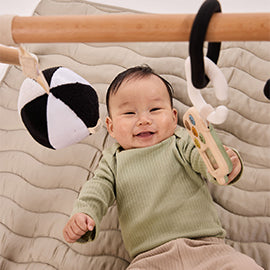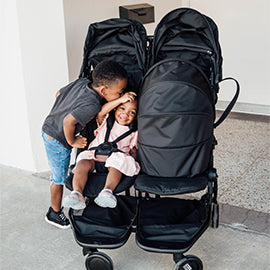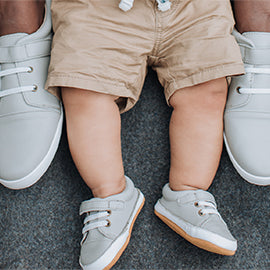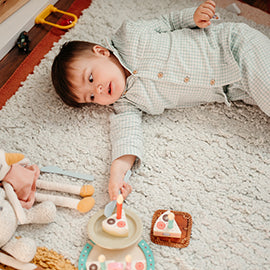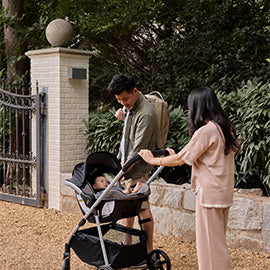About 22 years ago, I (Laura, Co-Founder of Moms on Call) unexpectedly found out I was pregnant with identical twin boys, turning our lives into a whirlwind of excitement and challenges. Little did we know that our journey would lead us to confront and overcome the realities of cerebral palsy with our son, Patrick. In this blog post, I share our family's story, the signs we noticed, the challenges we faced, and the valuable lessons we learned along the way.
Unexpected Beginnings
It all started with a positive pregnancy test after a surprising turn of events. From the joyous revelation of expecting twins to the premature labor scares, our journey with Patrick and Blake began. Born at 31 weeks, the twins faced their first hurdle in the NICU, with Patrick's life hanging in the balance. Miraculously, both boys thrived and were soon home, marking the start of our chaotic yet fulfilling life as a family of 6.
As the boys grew, we began to notice differences in Patrick's muscle tone and motor skills. Our journey with cerebral palsy started with mild concerns and led to referrals, testing, and eventually a confirmation through an MRI around the age of 3. Receiving a diagnosis that cannot be "cured" or "healed" is undoubtedly overwhelming, but we pressed on, juggling appointments and therapies while also welcoming a new addition to our family. Now a family of 7!
Navigating School Years
Elementary school brought new challenges as Patrick excelled in reading but faced difficulties with writing and fine motor skills. Despite the hurdles, we were fortunate to be part of a supportive school system that made accommodations and provided occupational therapy. Patrick's determination and hard work paved the way for him to thrive academically and personally.
Recognizing Cerebral Palsy
Cerebral palsy manifests differently in each individual, with signs often becoming apparent as children reach certain developmental milestones. Oftentimes not being diagnosed until 2-3 years of age.
Identifying cerebral palsy in children often involves paying close attention to developmental milestones. Some early signs to watch for include:
- Poor Muscle Tone: Difficulty holding the head upright at appropriate age markers.
- Uncontrolled Movements: In arms or legs, abnormal reflexes, or stiffness.
- Delayed Milestones: Such as rolling over, crawling, or walking.
- Difficulty with Fine Motor Skills: Issues with grasping, clapping, writing, or using scissors.
- Speech Issues: Trouble with articulation or communication.
If you notice any of these signs, consult your pediatrician, who may recommend specialists and early intervention therapies.
Steps After Diagnosis
Receiving a cerebral palsy diagnosis can be overwhelming, but education, advocacy, and support are essential. Parents should educate themselves, coordinate therapies, and connect with specialists. Seeking support from friends, family, and available services in your area is crucial, reminding parents that they are not alone in this journey.
- Educate Yourself: Learn about cerebral palsy, its variations, and available treatments. Knowledge is empowering.
- Advocate for Your Child: Be an active advocate within the medical, educational, and community settings. Ensure your child's needs are met.
- Therapies and Specialists: Coordinate with healthcare professionals for physical therapy (PT), occupational therapy (OT), and speech therapy(SLP). Locate physicians specializing in cerebral palsy for comprehensive care.
- Support System: Lean on friends and family for emotional support. Establish connections with other parents facing similar challenges through support groups or online communities.
- Explore Available Services: Investigate state and school system services that may provide additional support, accommodations, and resources.
Now at 22, Patrick lives in New York City, handling audio/visual tech for a major financial company. His journey has been a testament to resilience, perseverance, and the refusal to let a diagnosis define his capabilities.
Remember, it's not your fault and you are not alone. With determination, support, and love, the challenges can be overcome, one step at a time and one day at a time. Recognize the extraordinary strength inherent in your child, honoring and believing in their resilience woven into this unexpected, unique journey.


